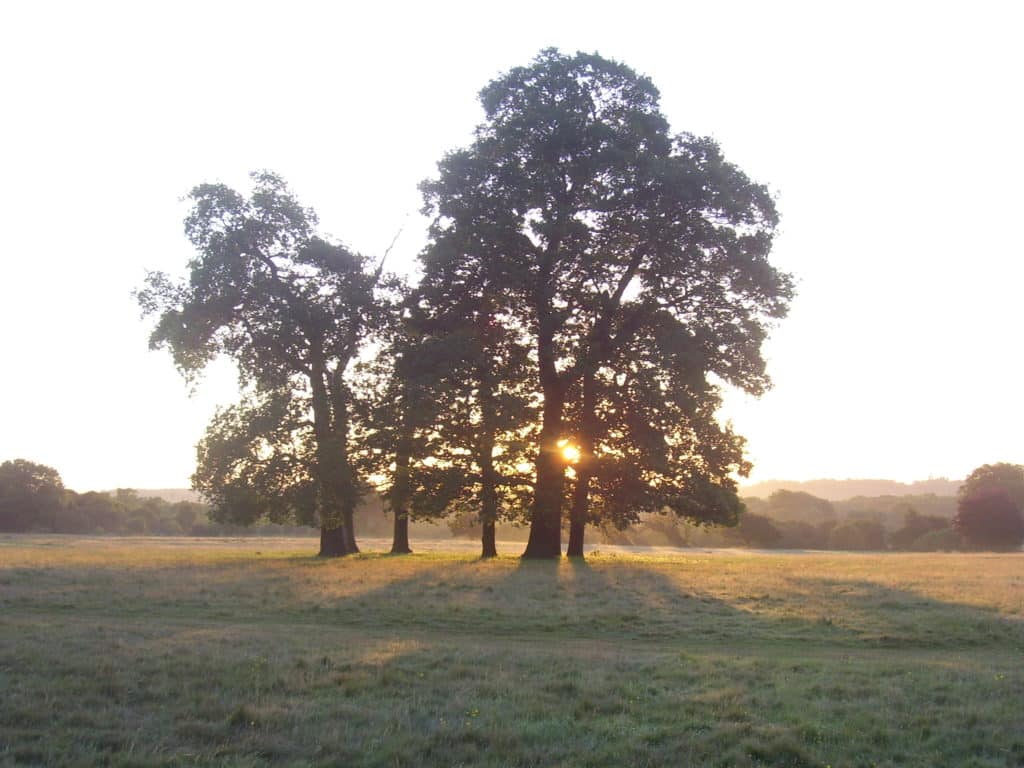It was a rather chilly end to 2022, wasn’t it? We hope all of our readers could weather the storm in comfort, but those who braved the cold hopefully managed to spot some of London’s winter residents, from flocking starlings to the more elusive deer. There is a surprising amount of nature you can find even in the harshest conditions and busiest capitals.
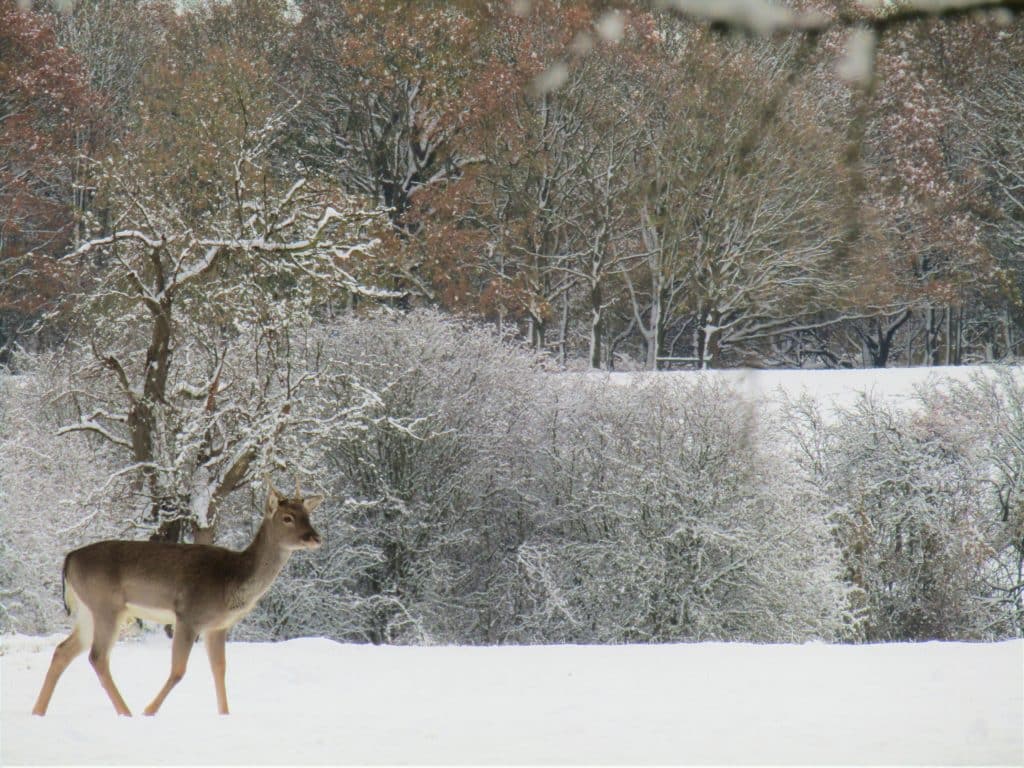
Despite the cold, it’s hard not to feel warmed when you hear the tunes of a territorial robin or stop to marvel at a stunning hilltop view. There is growing evidence that getting out and about to enjoy wildlife can have a great impact on our mental health, which I’m sure many of us can attest to, especially when the nights draw in. Our 32nd Issue of the GiGLer kicked off in September with Dr Sarah Knight introducing her recent paper exploring the importance of high quality natural spaces for well-being. Not only is it a great example of the collaborative work made possible by GiGL’s not-for-profit business model, but it’s also a brilliant study that highlights how important these natural spaces are for Londoners.
Of course, people can only benefit from nature if they can access it. In December we shared news of the exciting work GiGL have been doing with the Greater London Authority (GLA) on measuring access to open space. The 10 minute walk map shows areas that are more than a 10 minute walk (or 800m) from publically accessible greenspaces, to highlight the importance of access and to target greening in areas that need it most. This is building on GiGL’s work improving our Areas of Deficiency models, which you can read more about here. Make sure to keep your eyes peeled for a more in-depth article on this coming soon.
Sticking to the theme, we also heard from the London Borough of Sutton’s Biodiversity Net Gain officer Rosie in December on her perspective on parks and what they can, and should, be. If asked what you picture when you hear the word ‘park’, what do you see? A grassy field with some trees? An adventure playground? Or maybe a forest, silent save for the occasional rustle of leaves? Parks can be all this and more, and Rosie explores what this means for their management and how we can build them better – for the benefit of people and nature – going forward.
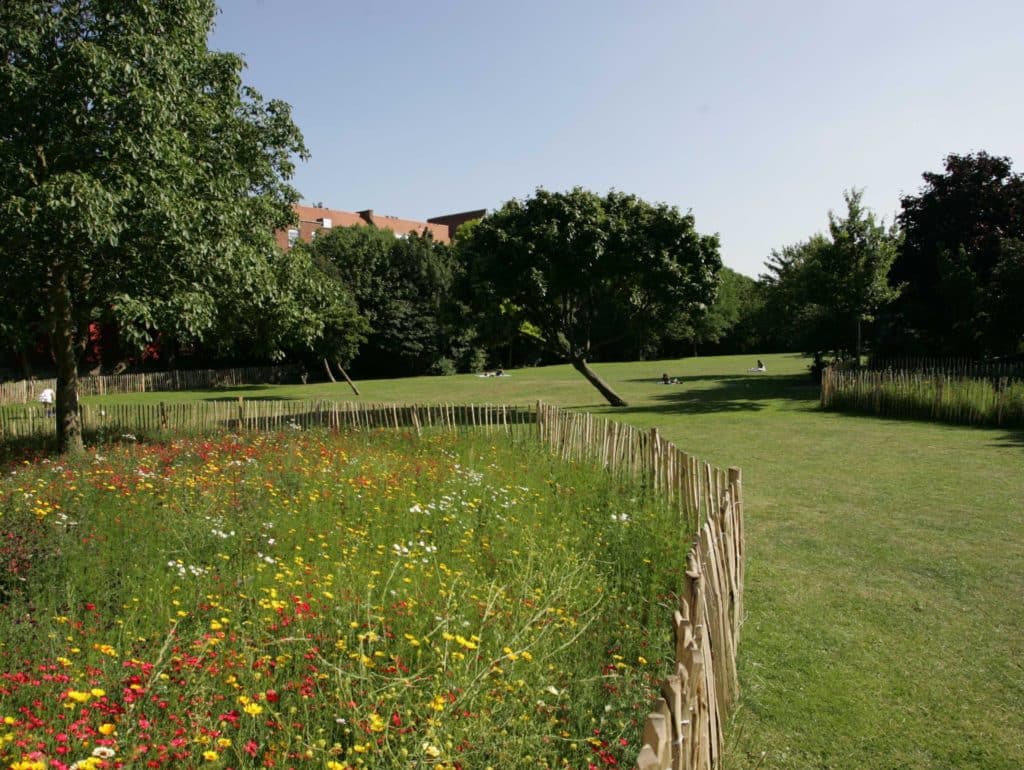
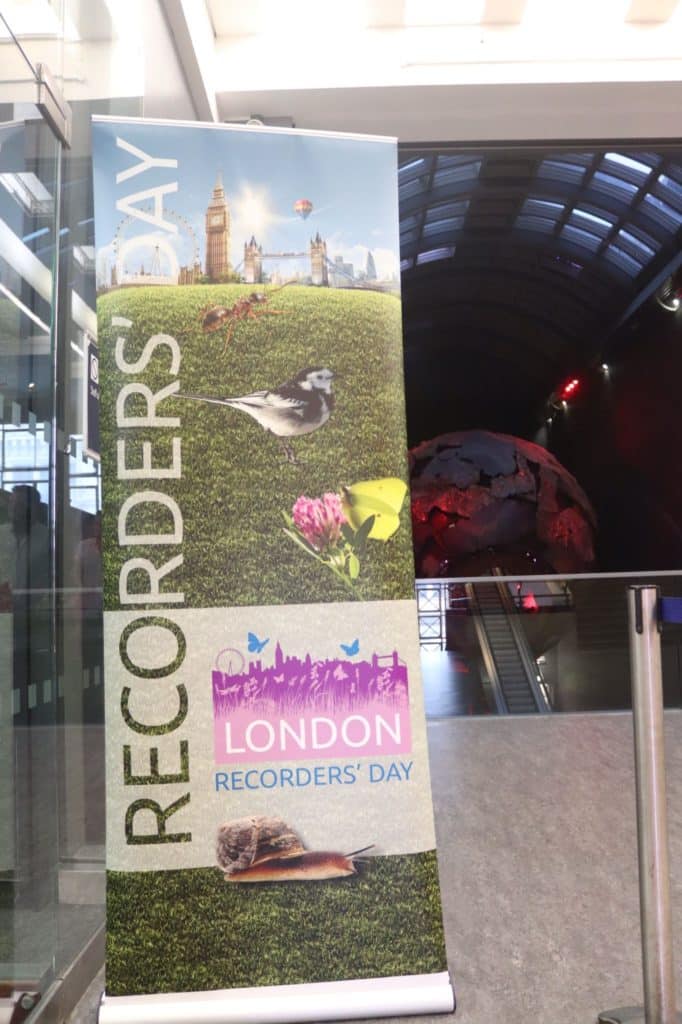
If you’re looking for even more inspiration to head out and see what you can find, look no further than our November article from Community Officer Victoria who gave an excellent round up of London Recorders’ Day. This event, held at the Natural History Museum on the 29th of October, celebrated wildlife recording in all its shapes and sizes in the capital. This annual event is always a unique opportunity for enthusiasts and professionals alike to come together to celebrate, explore and support wildlife recording in Greater London, and the day didn’t disappoint. We look forward to its return in autumn 2023.
One of the amazing talks at this event was from Dave Wills on the launch of London Amphibian and Reptile Group (LARG). We’re very lucky for his return this month with a follow up article, the last but by no means least of Issue 32, giving us an overview of how LARG will support and expand the work already being done to protect and promote London’s ‘scaly and spawning residents’. Please do check out their website here (as well as the article of course!) to learn more about how to get involved.
Another returning item is GiGL staff interviews, which let us go behind the scenes to find out more about our amazing team and what makes them tick. In October we heard from Becky Garden, one of our Partnership Officers and primary contacts with existing Service Level Agreement (SLA) Partners. On top of that, she also co-ordinates GiGL’s SLA Spotlight bulletin and helps manage GiGL’s social media accounts. We found out what inspired her to work for GiGL and why she has a love for greyscale animals (oystercatchers, cows and orcas, oh my!) Please go check out GiGL’s new Instagram feed to find some of Becky’s amazing photos, as well as others from our community.
In November we heard from Molly Williams, the second of GiGL’s Partnership Officers who is our lead contact for bespoke partner requests. If you’re wondering how she went from studying geology in Hawaii to working with GiGL, inspired by her love of science, data and the environment, check out this interview. You’ll be hearing more from Molly in the GiGLer this year as she updates us on some of the exciting projects she’s been working on, from ecological network maps to B-lines.
Finally, in September we heard from Data Assistant Digby Wheeler, who sadly left GiGL in November. He was a key part of our community team, responsible for updating and maintaining GiGL’s species dataset, as well as being the person to contact if you have species records to share. His choice of favourite species might be considered controversial, but his favourite places in London are not. While we will miss him, we can’t wait to hear of his adventures going forward.
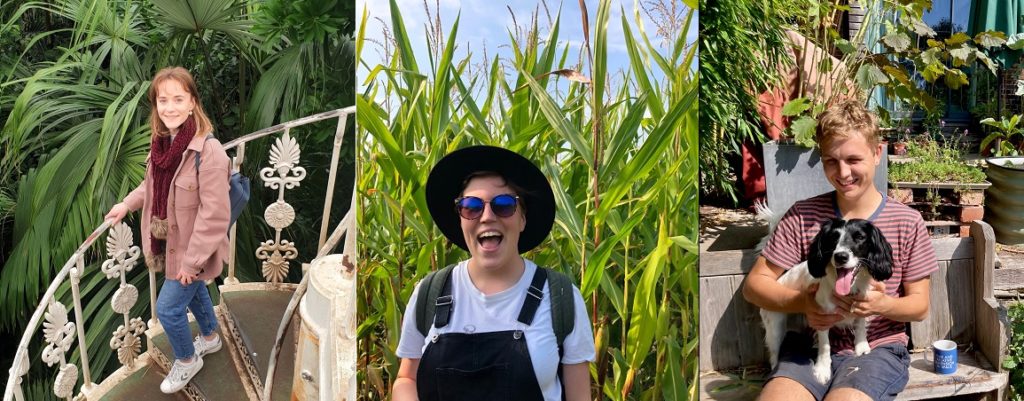
We’re also sad to say goodbye to my fellow Database Officer Tanvi Desai. Since joining GiGL in 2020 she’s been an indispensable part of GiGL’s Systems team, making fantastic contributions to the Open Space Database and beyond. For a reminder of what led her to GiGL you can re-visit her staff interview here. We’ll soon meet up with her again, thankfully, with her joint article on the 10 minute walk map with the GLA coming up soon.
Not only do we have a fantastic team, but we also have a fantastic board of directors too. We were very lucky to welcome 3 new members this year. Stacey Cougill, Nick White and Cameron Witten are already bringing great ideas and knowledge to the business. Look out for upcoming interviews to find out why we’re glad to have them on board. Whilst on the subject, we must say ‘thank-you’ and ‘farewell’ to Tony Burton, who departed our Board in December after 4 years. Tony has been a huge advocate for us further developing our community networks and related services.
Another vital part of the GiGL family are our volunteers. Over the last 6 months, GiGL have been designing and implementing our brand new volunteering offer, which gives volunteers the chance to collaborate on all aspects of GiGL’s work and gain data skills and technical experience. Our first cohort of Ancient Woodland Inventory (AWI) volunteers (including Stacie Toovey, Jeremy Nason, Stephen Bishop, Richard Young and Pamela Harling) have clocked up more than 300 hours since they joined us in September, focusing on sourcing and georeferencing old maps and researching site histories. We were also happy to welcome 4 new community volunteers in the last month who are hitting the group running with their work on our species dataset. We look forward to continuing our work with all of our existing volunteers in 2023 and welcoming plenty of new faces. Keep an eye on our website here for details, as well as an upcoming GiGLer article where you can have a proper catch up on what our amazing volunteers have managed to achieve.
We’ve certainly had a lot to keep us all busy over the last 6 months. Some highlights include the publication of the ‘Biodiversity Evidence – Better Outcomes from Planning’ (BE-BOP) report, which aimed to understand the challenges that Local Planning Authorities in London face when taking account of biodiversity early in the planning process, and to provide resources to help them overcome these. We’ve added to the already impressive range of resources available on our webpage, from Biodiversity Net Gain (BNG) and open data to survey data standards. Our Ancient Woodland Inventory update has moved into Phase 2, and you can read more about this project here. We can also celebrate reaching over 7 million species records on the evening of the 10th January, and I’m sure we’ll soon be celebrating the next million milestone!
Over the last year or so GiGLers have got back into the swing of a commute, with the majority heading to the office at least once a week. Not only does it come with the bonus of occasional biscuits at meetings, we’ve also been able to meet for conferences, social events and even get some behind-the-scenes office organising done during our December ‘GiGL is closed week’ (hear more about the tradition in a February 2021 GiGLer here).
What with all the exciting things going on it’s sometimes easy to forget how much work goes on behind the scenes in the day-to-day data upkeep of GiGL’s datasets (which you can take my word for, being one of GiGL’s Database Officers), and how important is it that this vital resource is both well-funded and available through the right channels. In December we published a long awaited article on open data to help illuminate this potential tricky subject. While I won’t argue that all aspects of data licencing are exciting, it is undoubtedly a vital part of our work in the environmental data sector and as a Community Interest Company. Mandy and Molly lay out what ‘open data’ means, what open data you can find online, GiGL’s position and plans for the future. One thing we can all agree on is that we need good environmental data to protect London’s precious wildlife.
There is one more thing to celebrate before we head off into 2023 – the 3rd January was GiGL’s 10 year anniversary of becoming an independent Community Interest Company (CIC). We’ve come a long way since we started out as London’s Biological Recording Project in 1996, as you can tell from the many articles celebrating milestones since. You can start in 2006 with ‘Ten years and counting’ here, read about our first 6 months as a CIC here, and remember when we celebrated our 20th anniversary and 10 years of being independent in 2016 here. As Mandy said way back in 2006, ‘here’s to future days’, and another 10 years!
We hope all of our readers have had a fantastic, happy and healthy 2022. After a year of highs and lows, and not just in terms of temperature, I hope you can join us in looking forward to 2023 with a hopeful optimism and appreciation of our wild city that has so many people dedicated to its conservation. Please keep recording all your winter gems in our 1-20 wildlife form,and keep up to date with all things GiGL in our social media channels…and of course the GiGLer! I can promise that 2023 will be just as jam packed with species, spaces and all things natural in London.
